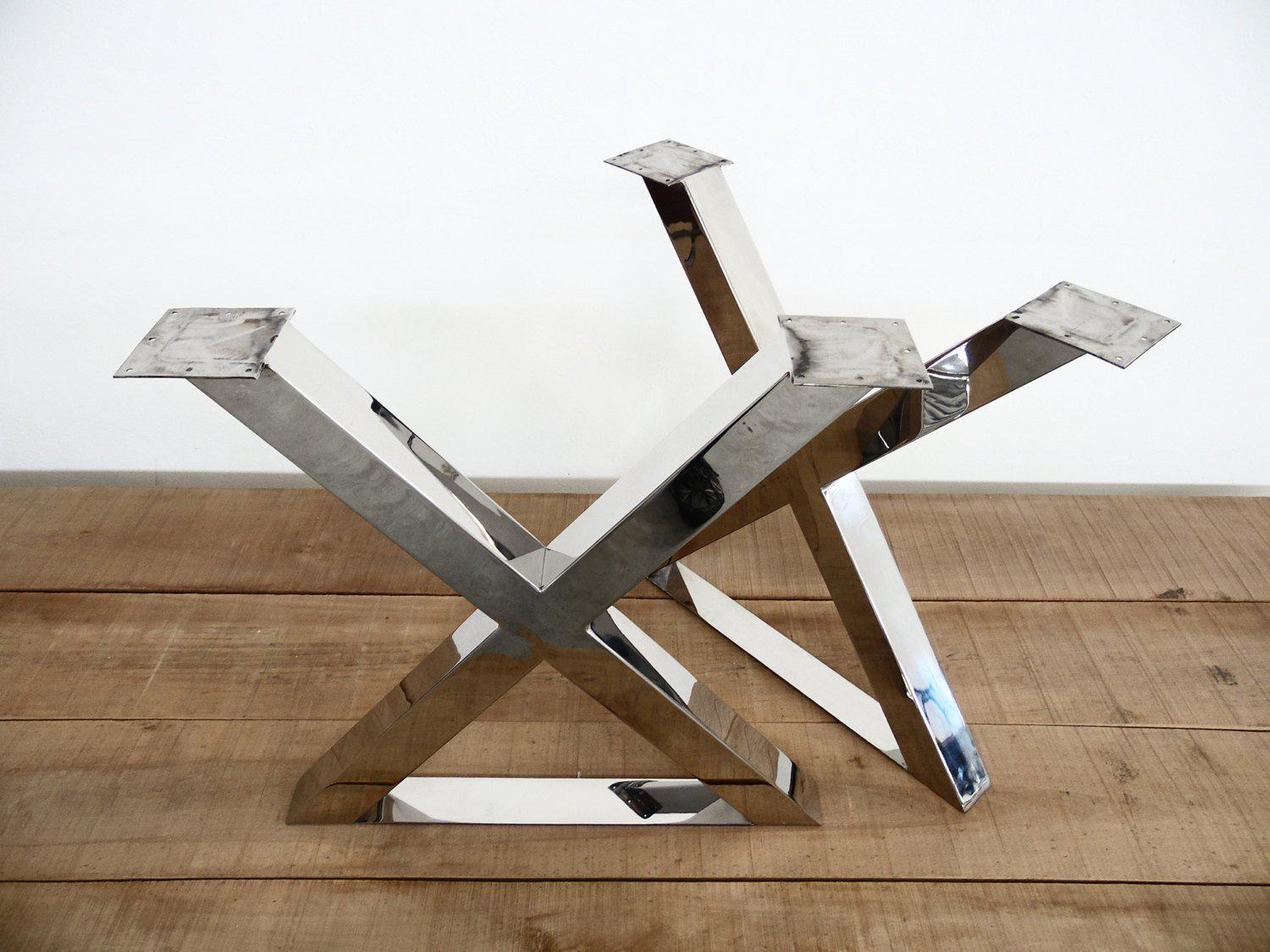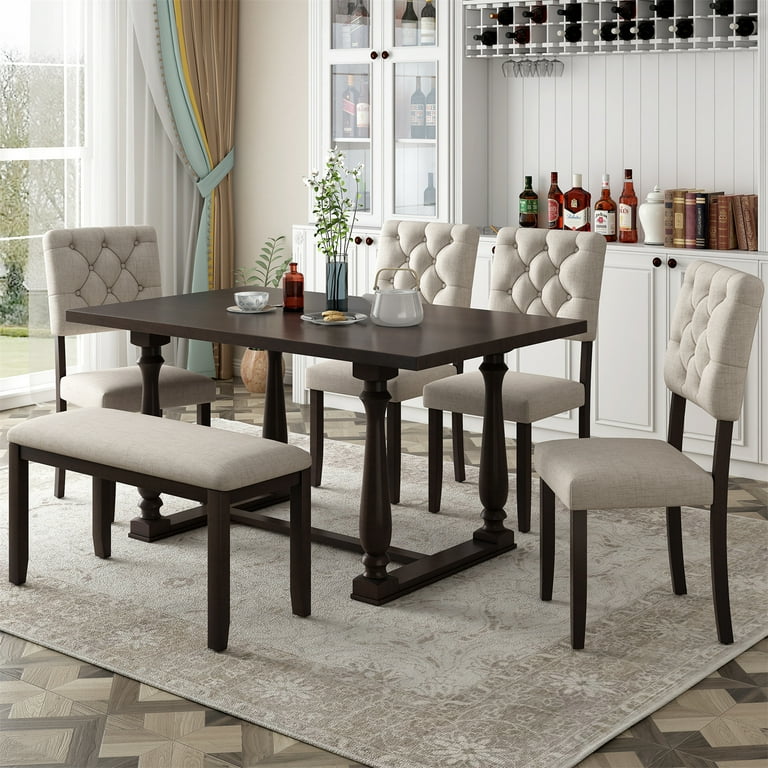How to Maintain and Care for Your Dining Room Table Legs
How to Maintain and Care for Your Dining Room Table Legs
Blog Article
Exactly How to Pick the Perfect Dining-room Table Legs for Your Home Design
Picking the excellent dining area table legs is a nuanced process that requires cautious consideration of different aspects, including your area constraints, aesthetic preferences, and sensible needs. The interplay between products, dimensions, and styles can dramatically influence the atmosphere of your dining location, making it important to approach this decision carefully.
Assess Your Eating Space
Analyzing your eating room is crucial for picking the right table legs that enhance both looks and functionality. Begin by gauging the measurements of your eating location, consisting of ceiling height, floor area, and distance to other furnishings. This details will certainly help figure out the proper dimension and height of your dining table, which directly affects the option of table legs.
Next, think about the style and format of your eating room. For instance, an open-concept layout may gain from table legs that provide visual agility, such as slim steel or acrylic alternatives. On the other hand, a much more conventional setup could ask for durable wooden legs that supply a sense of durability.
Examine the existing shade combination and products in your eating location. Integrating the table legs with these elements develops a cohesive look that enhances the total style.
Ultimately, a comprehensive evaluation of your dining space will direct you in making an educated decision, making certain that your table legs not only improve the aesthetic charm however also serve useful functions.
Consider Your Design Preferences
When selecting eating room table legs, it is essential to review your individual style preferences, as they considerably influence the overall aesthetic of your dining space. Your option of table legs can either enhance or contrast with existing decor, making it crucial to straighten them with your recommended interior decoration style.
If your home leans in the direction of a modern visual, consider sleek steel or minimalist wood legs that provide a clean, minimalist look. For an extra standard strategy, luxuriant wood legs with detailed carvings can add a touch of style and class. Industrial styles take advantage of durable, resources such as reclaimed timber and metal mixes, mirroring a sturdy charm.
Additionally, farmhouse and rustic styles usually favor strong, chunky legs that evoke a feeling of heat and comfort. Alternatively, if your decoration is diverse, you could choose non-traditional shapes or a mix of products to develop visual interest.

Evaluate Material Options
The choice of material for dining area table legs plays a critical duty in both toughness and aesthetic appeal. Common materials consist of wood, steel, and composite alternatives, each offering unique attributes that can affect the general appearance and durability of your table.
Wood is a timeless selection, recognized for its warmth and adaptability. Woods like oak and walnut offer exceptional stamina and can be finished in various discolorations to match any type of decoration. However, softwoods like yearn are a lot more vulnerable to scratches and dents, making them much less ideal for high-traffic locations.
Steel legs, frequently crafted from steel or aluminum, exude modernity and commercial appeal. They are resistant and highly durable to put on, making them ideal for households with kids or constant events (dining room table legs). Additionally, steel can be completed in various shades, improving the personalization possibilities
Composite products, such as MDF or laminate, offer cost and diverse layouts. While commonly much less long lasting than solid wood or steel, they can still provide a fashionable look and are frequently very easy to preserve.
Eventually, the material you pick ought to straighten with your way of life, visual preferences, and the degree of usage your eating table will experience.
Determine Height and Dimension
Choosing the appropriate elevation and dimension for your dining-room table is necessary for both functionality and convenience. The basic elevation for dining tables normally varies from 28 to 30 inches, permitting ample legroom for the majority of individuals when seated. Nonetheless, it is vital to think about the measurements of your dining area and the sorts of chairs you plan to utilize.

Furthermore, consider the percentages of your dining room. A larger table in a roomy area can produce a grand atmosphere, while a smaller sized table functions well in more intimate settings. Ultimately, the best elevation and dimension will harmonize with your general decoration and enhance the next page eating experience for you and your guests.
Explore Customization Possibilities

In addition, the style of the legs can be personalized to fit various designs, such as rustic, contemporary, or industrial. Conical legs can evoke a mid-century modern feeling, while chunky, block-style legs might resonate with traditional or farmhouse decoration.
Property owners can also check out color finishes, from all-natural wood discolorations to paint, allowing them to match or contrast with the table top and surrounding style.
Additionally, leg height can be gotten used to accommodate details seating arrangements or personal choices, improving both convenience and functionality.
Last but not least, distinct decorations, such as carvings or ornamental brackets, can additionally individualize the table legs, making the dining experience check my reference not simply a dish however a declaration piece in the home. By taking into consideration these customization choices, homeowners can produce a dining-room table that absolutely reflects their uniqueness.
Verdict
Selecting the suitable dining-room table legs needs careful consideration of numerous factors, including the dimensions of the eating room, design preferences, material sturdiness, and wanted elevation. Modification alternatives further enhance the capability to accomplish a natural visual that enhances the overall design. By systematically examining these components, homeowners can ensure that the chosen table legs not only satisfy practical demands however additionally contribute positively to the dining experience and ambiance of the home.
Selecting the optimal dining space table legs is a nuanced process that needs careful Related Site consideration of various elements, including your room constraints, aesthetic choices, and practical demands.Assessing your eating space is crucial for selecting the right table legs that match both appearances and functionality.When figuring out dimension, gauge the location where the table will be placed to ensure it fits comfortably, permitting for at the very least 36 inches of clearance around the table for simple activity. A larger table in a roomy area can produce a grand setting, while a smaller table functions well in even more intimate settings.Selecting the ideal eating space table legs needs careful factor to consider of various factors, consisting of the dimensions of the dining room, style preferences, product toughness, and preferred height.
Report this page